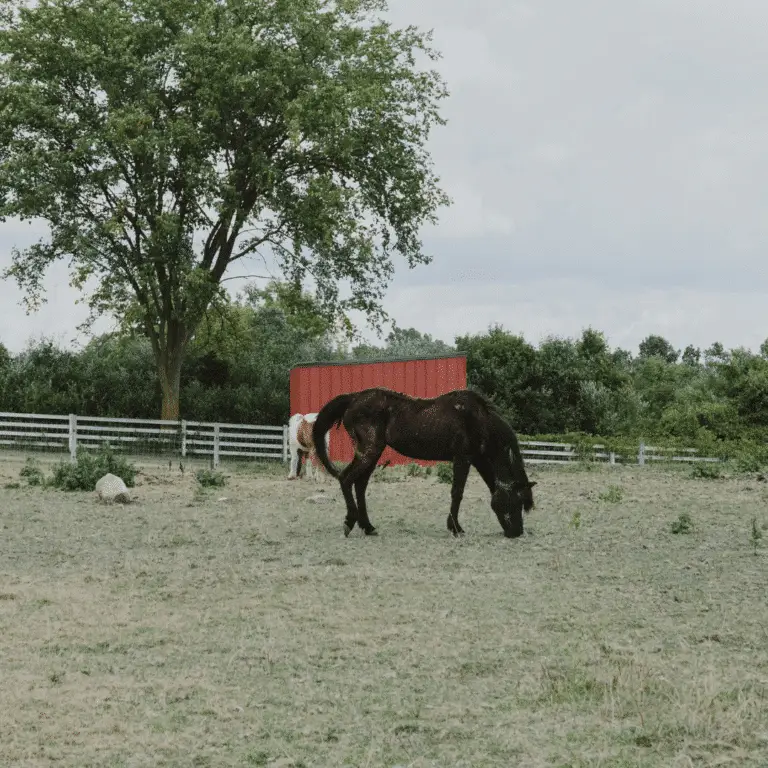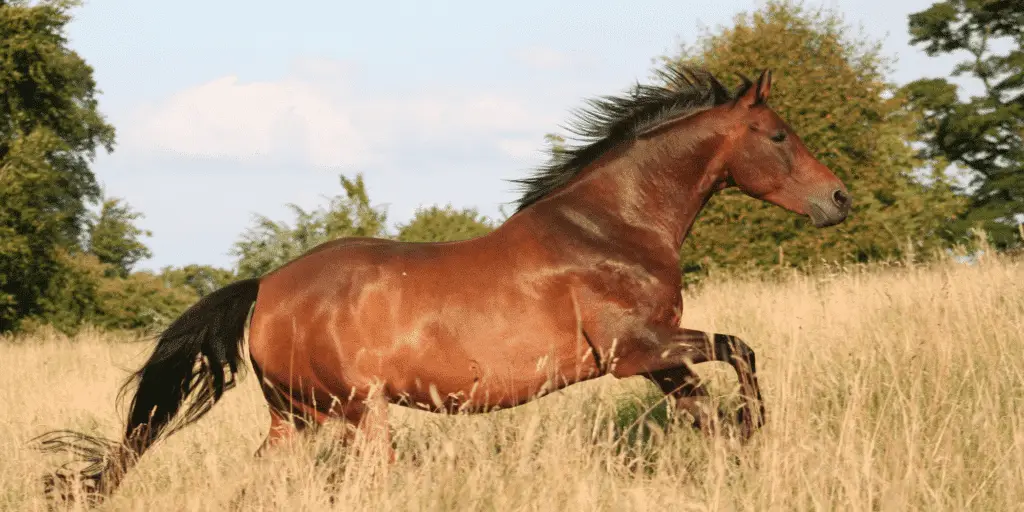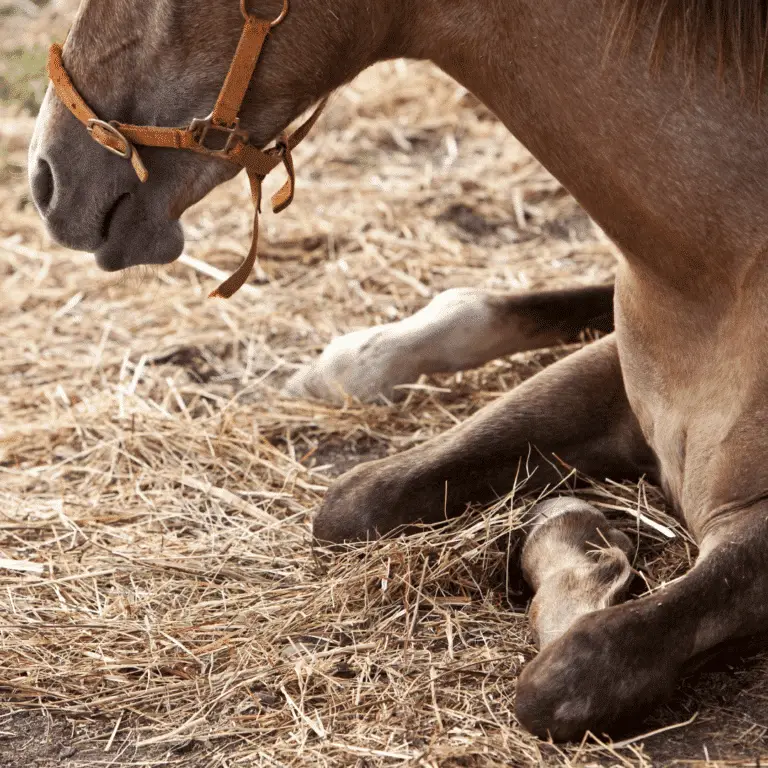
Lordosis in Horses (Swayback)
Lordosis in Horses (Swayback) Seek veterinary advice if you suspect this disease. Lordosis, commonly known as swayback, is a spinal

This disease is life-threatening and should be treated by a veterinarian swiftly.
To treat the infection, large incisions are made into the muscle and fascia to expose the bacteria to oxygen and debride dead tissue. General supportive care is critical because these bacteria produce toxins that have secondary effects on the horse, including the potential to reduce the contractility of the heart. Horses are commonly treated with high doses of intravenous penicillin, intravenous fluids, cardiovascular support, and wound care. Hyperbaric therapy, where available, is suggested as an adjunct to routine treatment.
There is no definitive prevention for clostridial myositis. Intramuscular injections should be given in large and well vascularized muscle groups. A sterile needle, a new syringe should be used and a clean spot on the horse chosen. If you notice swelling later or if the horse is not doing as well you’d expect, get veterinary help – the sooner the better.

Digital health management offers numerous benefits in modern equine healthcare.
With the Happie Horse App, you can track symptom patterns and body values, such as Temperature, Pulse and Respiration. Allowing you to notice abnormal changes in body and behaviour early on, leading to more successful treatments.
The Happie symptom checker allows you to add all of your horse’s abnormal symptoms in order to present potential causes and diseases.

Lordosis in Horses (Swayback) Seek veterinary advice if you suspect this disease. Lordosis, commonly known as swayback, is a spinal

Equine Exertional Rhabdomyolysis (Tying-Up) This disease is life-threatening and should be treated by a veterinarian swiftly. Equine exertional rhabdomyolysis, more

Atypical Myopathy in Horses This disease is life-threatening and should be treated by a veterinarian swiftly. Atypical myopathy (“Sycamore poisoning”)